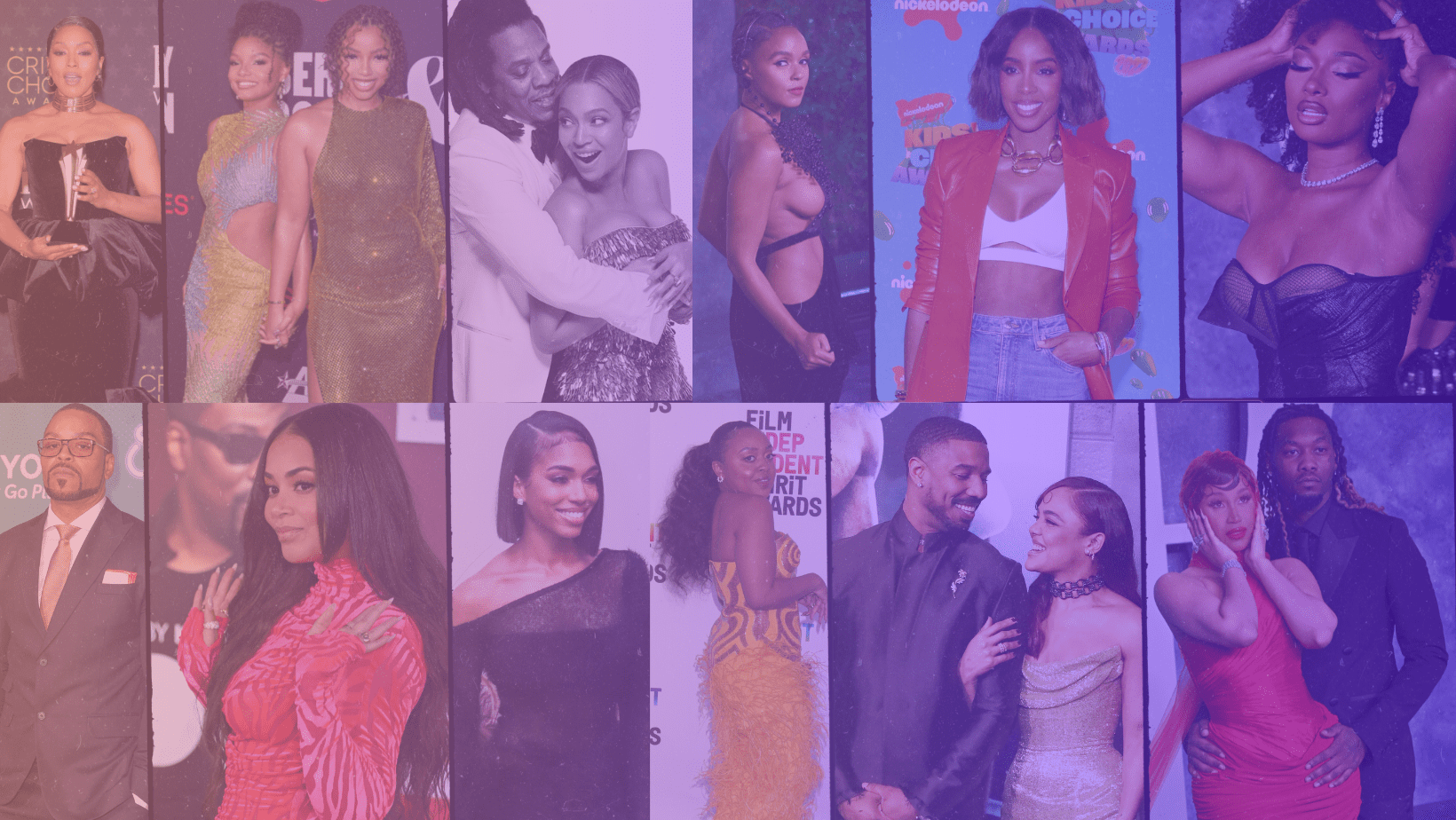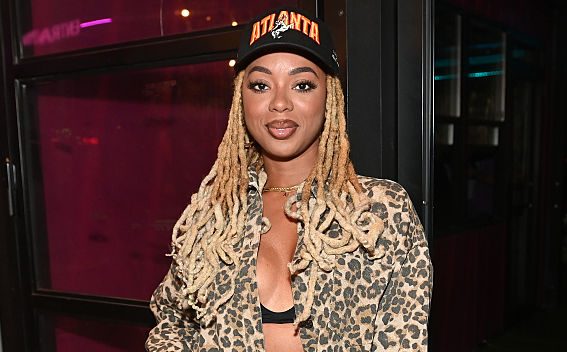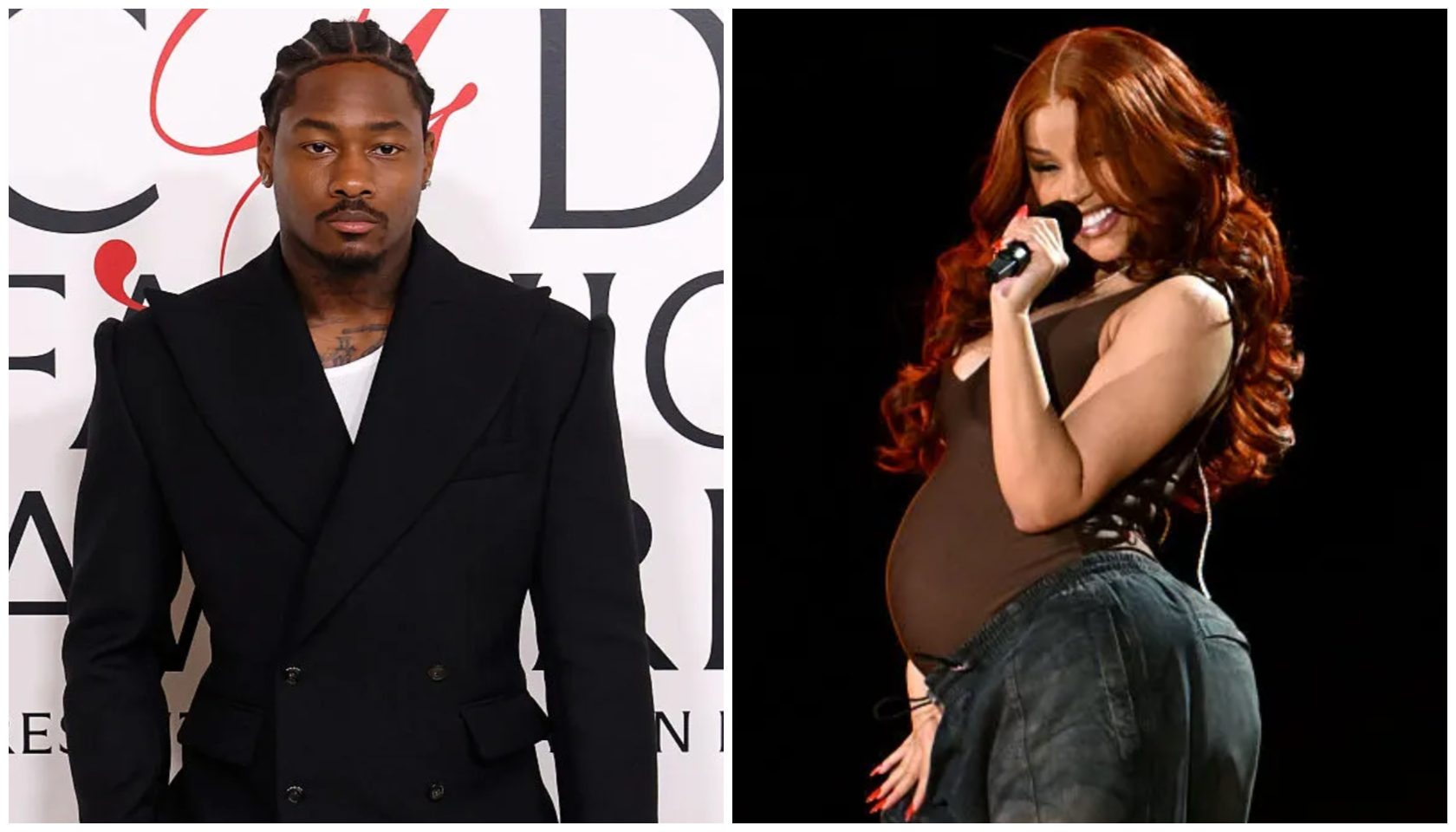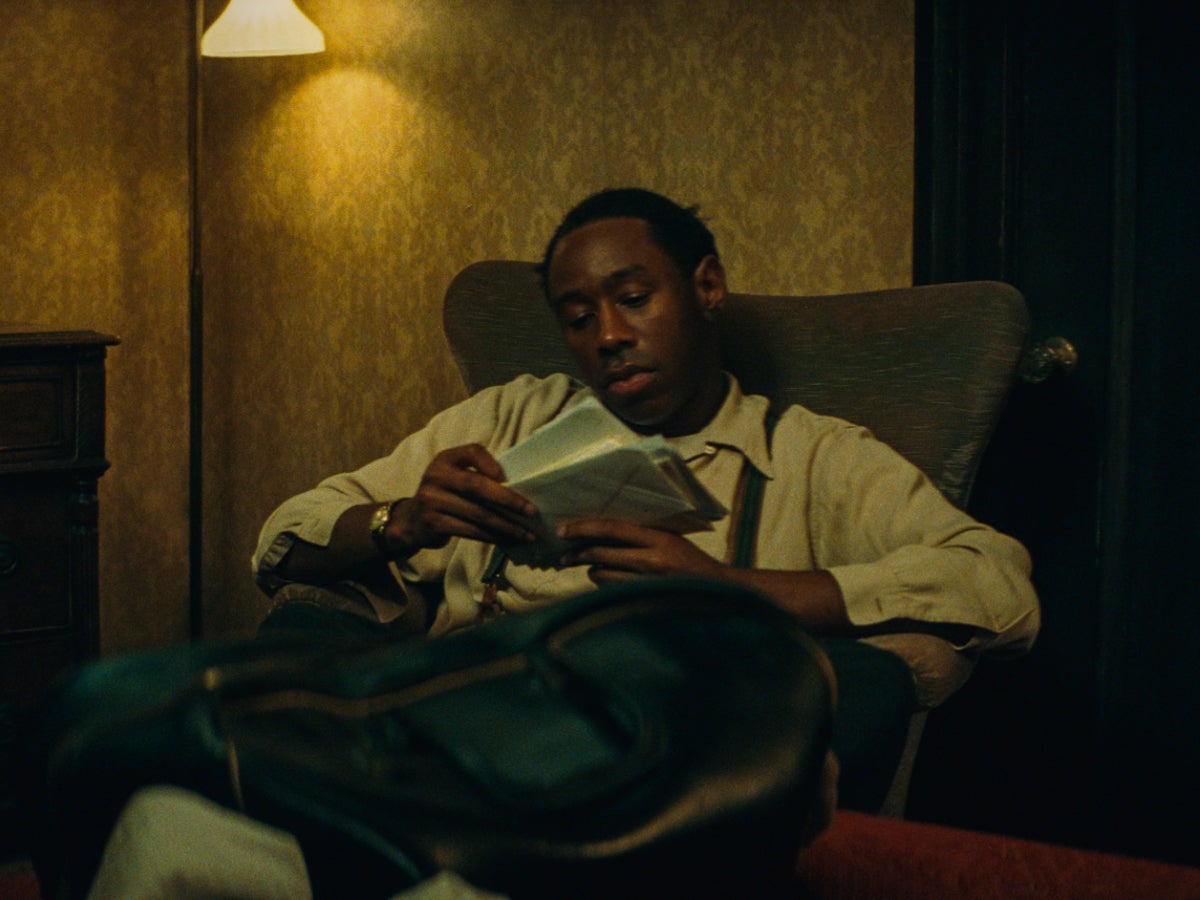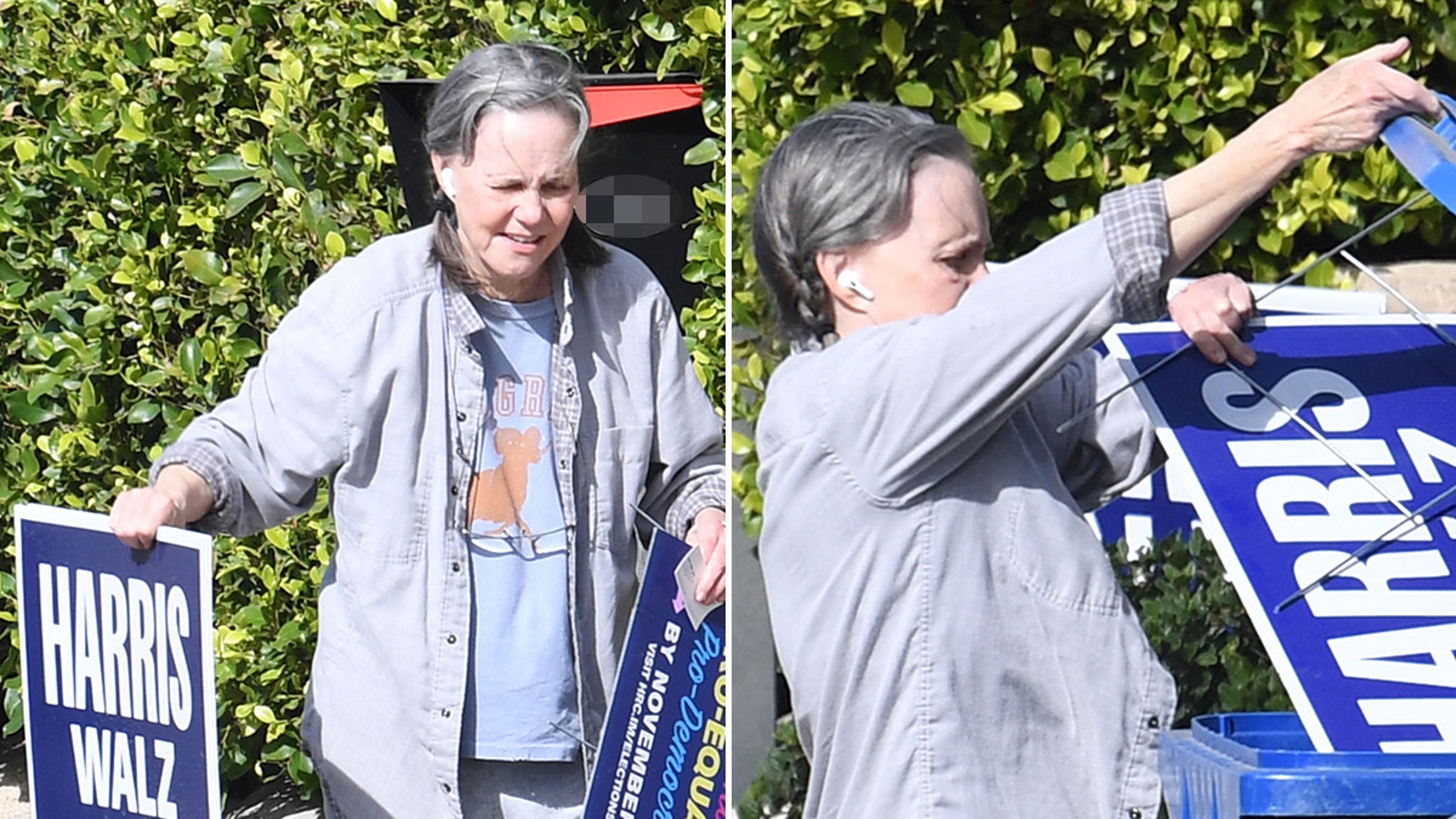Shelby Ivey Christie is a well-regarded voice on Fashion X, formerly known as Twitter. Her tone is regularly well-received–back in 2018, she began sharing insights on Black fashion history. Due to this, she has become a diligent and well-studied documentarian that many look to concerning speaking about our unsung heroes and facts that aren’t largely known. The fashion and costume historian who is based in Atlanta has a background that has allowed her to sit at the crux of publishing and culture. Roles at Vogue, Amazon, and L’Oréal are markings of a woman who diligently worked from the inside of corporate entities. The core of her work at these companies included shaping marketing and brand strategies for multicultural consumers. Currently, she’s on the precipice of a new era due to a venture that she has just launched, a publishing company titled Haute Heritage Publishing that she hopes will shake up the luxury fashion industry.
Since this era is about creating a tangible impact for Christie she is also launching her first-ever book under her publishing company: Black Fashion Legends Alphabet Book. A flashcard set has also launched alongside the book. There is a rhyme and reason behind the company, Christie is aiming to dismantle preconceived notions about education within the global garment industry. The book features icons such as the iconic designer Dapper Dan and the legendary stylist and costume designer June Ambrose. But, it also keys in on other names that some may not be familiar with including designers Anne Lowe and Zelda Wynn Valdes.
Christie hopes that with her company she will be able to inspire younger generations to reach for dreams after becoming familiar with icons and others who’ve paved the way for current luminaries in fashion. In her own words: “An important message about this venture is that I want to get more young diverse minds interested in fashion earlier in their lives so that we can encourage a more diverse pipeline of talent to enter into our industry.”
As a woman originally from the South, North Carolina to be exact, this brand will be a legacy-builder for Christie to influence more than just her peers and the publications and brands that have anointed her as a pivotal voice to pay attention to. It will also create an opportunity for those who have a barrier to enter the lauded industry a chance to engage with the global market. “That’s important to me because, you know, as a Southerner, growing up in the South, far away from the fashion capital of New York City,” Christie added.
Below we caught up with Shelby Ivey Christie to discuss her latest venture, her alphabet book that centers Black style legends, and more.
ESSENCE.com: Can you walk me through this current era for you and what it’s been like so far?
Shelby Ivey Christie: For me, this is the tangible part of my ongoing impact era. I really believe my social media commentary, my archival work has definitely been impactful within the fashion industry and beyond. I see the impact of that work. I see, from 2018 when I started talking about Black stories in fashion, examining fashion through the lens of race, class, and culture and being one of a few voices covering that content and surfacing it, to now seeing Black and POC stories being considered told, talent being hired in the industry and beyond. I feel like I’ve had a direct impact in regards to that in our industry.
But I think for me, I set a goal to focus on a more tangible means of impact. It’s always been a goal of mine to move offline, and this publishing house and these first set of products is my way of expanding my efforts to amplify Black stories in fashion, to bring diverse talent into the fashion pipeline in real life, offline, something tangible and something that even more opens up access to fashion content because that’s something that I’m passionate about, to making fashion and history content and Black history content more accessible.
Why did you choose to create a publishing company? I mean, this is a space that you’re familiar with in so many ways.
My background is in publishing. My name was on the publishing masthead at Vogue. I reported to the publisher. I’ve interned at W, [and] at InStyle. My dream when I was growing up, was to be a fashion editor, [I would] flip through the pages of Essence, flipping through the pages of Cosmopolitan, [and] Vogue, wanting to have a voice and own and drive that content. I think once I got into fashion publishing, I better understood who controls content and how that impacts what stories get out, and ultimately, what the public has access to.
That experience coupled with my passion in my current work to amplify Black and POC contributions to fashion is what led me to be like, “Okay, you know what? If I’m tired of seeing the same stories being amplified, or if I’m tired of calling out the gaps in fashion storytelling, why don’t I just do it myself?” The motto of Black women, right? DIY instead of, I think for a long time my platform was dedicated to calling out gaps in content and throwing flags on the play where I felt like there were misses, which served its purpose, but I didn’t want to get stuck in the complaining and the pointing fingers.
Even the general public now is very informed and well-versed about the cultural nuances, the issues that we face around race, and who gets to tell stories in fashion. It’s a broader issue now and more eyes are on it, so I didn’t want to just get stuck in online fodder and outrage, clickbait, and complaining. I wanted to stand up and say, “Okay, I have the experience, I have the background, I have the knowledge, I have the network, and I can find the resources to do something about this.” This is my answer to that and wanting to not just complain and point fingers, but do something to change it and impact it and change the conversation.
What is most important for you to get across with this new venture?
For me, it’s that this new venture is dedicated to bringing fashion resources and books that highlight diverse stories to people of all ages. The first product, of course, is a children’s book. But in fashion, we have specialty products. When something is nuanced, it may not be for us, like designer Lego sets and what have you, but we still indulge in them because we understand the cultural importance behind them. These products are for fashion enthusiasts [and] people who aren’t fashion enthusiasts. These are for people of all ages. I think at the core of my work, it’s always been making fashion engaging and accessible, so now just doing that in a bigger, more tangible way.
I think another throughline that’s important to me is that [the] book Black Fashion Legends Alphabet Book and Flashcard Deck is 28 letters of the alphabet. Some of these people are still with us, and it was really important for me to have people in legends who are alive in this book because a lot of times, as a historian, I’m in the archive and I’m surfacing information on icons that have moved on, on work that was done decades ago, sometimes century ago. And we’re not able to, in real-time, talk to that creative, learn from them, follow their journey, and see them in real time.
It’s also important for me to not only give flowers to the legends while they’re here to smell them but also introduce young people and people of all ages to this talent while they’re here and they can support them, while they can see them in real-time still working and still moving through the industry because there is so much to be gleaned from watching someone in real-time doing the work still.
Who are some of the people that you want folks to learn more about from this book?
There are great creators in this book [and] I feel like people may recognize their work and not them. The letter W honors a man who did costume design for Michael Jackson for many, many years, and he created the prototype of the infamous white glove, that Swarovski-encrusted white glove, [the] costume designer, Bill Whitten. There’s also, Elizabeth Keckley, who designed fashion for First Lady Mary Lincoln, and her work is in the Smithsonian. So a lot of the figures have a legacy, and have left a huge mark, and audiences just aren’t familiar with their name. That’s at the core of what drives me.
I love when people say, “Wow, I didn’t know that,” after I’ve talked to them about something or introduced them to a new talent or a new concept in fashion, and so just being able to celebrate creative legacy like that, too. These are people who already have established work, it’s just that maybe they’re not a household name, so being able to amplify and celebrate them and get them into the minds of young people so that their legacy doesn’t end with those of us already in our 30s or 40s is exciting for me.
What else can you share about your first book which is available to purchase today?
I can’t go without acknowledging that this book is forwarded by a Black fashion legend herself, June Ambrose. In her foreword, she expresses her excitement and encouragement to young minds to invigorate them and give them enthusiasm for entering into this industry. I think that the foreword is a beautiful call to action and an inspiring message to readers, to feel like they have something to offer to the fashion industry, to the luxury industry, and to feel inspired by the figures in the pages.
So I just also wanted to say, that not only does this book feature Black fashion legends, but it is forwarded by a Black fashion legend herself, and I felt like it was really important to have her cosign and her sign-on and support for what we are trying to represent with this, which is to introduce Black storytelling as it relates to fashion and to, again, ensure the future of fashion is more diverse. So her sign-on, her support, and her call to action for young minds in this book were amazing.


